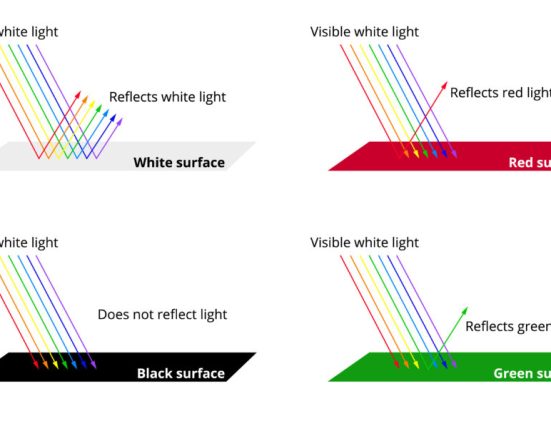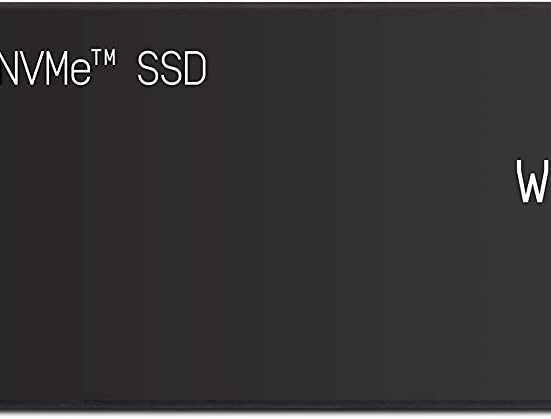The DAC/AMP category has been one of the best fields of innovation in recent years. Brands like ifi, Questyle, iBasso and Fiio have been competing with each other to produce increasingly better amplifiers at more affordable prices than ever before. While this may not be in the best interest of these companies, the real winner here is the consumer. Entry-level DAC/Amp combos are constantly improving. Ifi's Zen DAC ($229) isn't the newest release, but it's still a popular choice when looking for affordable desktop DACs. Let's take a look at the ifi Zen DAC 3 to see how it stacks up against the competition.
What is in the box?
- Zen DAC 3
- RCA cable
- 3.5 to 6.3mm adapter
- Quick Start Guide
- Instruction card
Design/pros and cons
Before talking about the design, I just wanted to take a quick moment to mention the aesthetics of the Zen V3. For me there is a retro futuristic look. The aluminum details and arched curves make these devices perfectly stackable with other IFI products. Visually speaking, it is reminiscent of a futuristic-looking jukebox. The knobs and buttons work sensitively and don't feel cheap.
Centering the front panel is the volume control which can be turned on or off with a “variable” or “fixed” switch on the rear panel. An LED behind the volume control tells you what type of file is being amplified. The 2 buttons to the left of the volume control are the “x-bass” setting and the “power-match” setting. “X-bass” boosts the bass of your listening device and the “power match” section is the high gain setting for your DAC. The front ports accept a 6.3 mm (1/4 in.) single-ended cable or a 4.4 mm balanced cable.
The rear panel has another 4.4mm balanced output right next to the aforementioned volume bypass. There's a single-ended RCA and USB-C input to finish off the ins and outs. The option of a power supply is useful due to the fact that it will not draw power from a laptop if that is what you are using to power the device. I didn't notice any difference in audio quality or volume when using it both ways. I wish ifi would provide the user with a 5V power supply and not sell it separately. However, it is quite easy to find an inexpensive power source to prevent battery drain when using this device.
Design
To quickly fix this, I was able to easily power the “unwieldy” planar magnetic Audeze LCD-5 (90 dB/1 mW). I'm not one to play music very loudly (I try to stay between 70 and 80 dB), but I rarely had to turn the volume control above 12 o'clock. With 210 mw at 32 Ω for the single-ended outputs and 390 mw at 32 Ω for the balanced outputs, you won't need an external amplifier unless you have very insensitive headphones and want to make them very loud.
The 4-channel Burr-Brown chip allows PCM and DSD data to take different paths before being converted to analog information. By handling 768 kHz PCM/512 DSD at 32-bit, you won't have to worry about signal loss. I'm no genius when it comes to these topics, but most of the music we listen to has a maximum of 16 bits of information. There is a Excellent article explaining the limitations of 32-bit transmission and why in a practical application, the maximum information we will get will be about 21 bits of useful audio. Regardless of this digression, the amplifier has an adequate signal-to-noise ratio and very little background noise when using high-quality equipment. The ifi Zen DAC 3 supports MQA for lossless streaming.
Soundstage – iFi ZEN V3 Review
Personally, it bothers me to describe sound staging as holographic, so I'm going to be wide and tall by calling them wide or tall. In that sense, the amp has a good width that I heard while listening with open headphones. The precision of headphones like the LCD-X and the ultra-wide HiFiMan Arya Organic remained intact. Stereo images were not transmitted from driver to driver as with other entry-level DACs. It was also fairly easy to identify where sounds were located in the sound image with respect to their closeness and depth.
For the impressive imaging and width of these headphones, I have to say that the height of the recordings sounded a little more compact than on other amplifiers. There isn't much nuance in the pitch of the sounds and the noises don't have the stage quality that high-end amps have. I'm not disappointed by this considering they're only $229 and I'm not comparing it to a $1000+ hifi. For the sake of transparency, it makes sense to mention this when talking about staging. There is a touch of height to the music, but it's not impressive or stadium-like at all.
Auditory impressions
I tried a few different pairs of headphones with the DAC. I used Audeze LCD-5 and LCD-X, Sennheiser HD800 and HifiMan Arya Organic. I've already listened to each of these headphones on different DACs/DAPs/amplifiers. The only headphones here with a strong frequency character will be the Arya. The rest are relatively neutral, with a few bumps in the road. Notably, they all had a slightly warmer color added by the amp. Even with “X-bass” disabled, there was a boost in the bass and lower mids.
Both the Audeze LCD-5 and LCD-X had good width and were easy to drive. The LCD-5 was the least sensitive of the lot, but sounded great with the high gain setting on. I never had to go past 12 o'clock to drive them to my liking. The bass here isn't overwhelming, but it adds a nice depth to some of my favorite pairs of cans. I used an XLR balanced on a 1/4 inch. Audeze adapter. I never felt like I needed more power to make them sing. I preferred to listen to them without the bass boost, but bass fans will be happy to have it activated. If I had to make an educated guess on how much the bass volume increases, I would say around 8 dB.
The Sennheiser HD800s has incredibly clean sound. I tried the “fixed” mode because I was trying to see if they would distort anywhere. These are the most sensitive headphones of the bunch, so I assumed they would be the first to distort. Although I was not comfortable at this level, the sound quality was not negatively affected. Even loud, feedback-heavy songs like Incendiary's “Still Burning” had no issues.
The super bright organic components of the HifiMan Arya sounded much better to me with this DAC than with a normal amplifier. Although many people praise the Arya Organic for being headphones that punch above their weight class, I have always found them too bright and sibilant at times. The “X-bass” setting dramatically evened out the frequency response for me. While I agree that they are a good pair of headphones for the price, they are not necessarily what I am looking for in frequency response. That said, if you're looking to warm up a pair of headphones or just looking for more bass in your setup, this is a great option.
Summary
The Zen DAC 3 is incredibly useful and versatile. It's relatively transparent, but the bass boost setting really brings out a lot of clean bass. I wasn't very impressed with the height of the soundstage, but it certainly maintains the quality of the headphones. For $229, you'll be able to power relatively insensitive headphones at manageable levels. Since it only requires USB-C for power, you'll be able to use it on the go or at home.
Get the ifi Zen DAC 3 and all the other products I mentioned on Audio46.
















Leave feedback about this